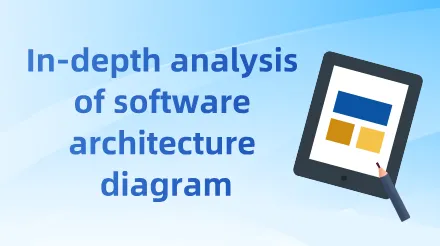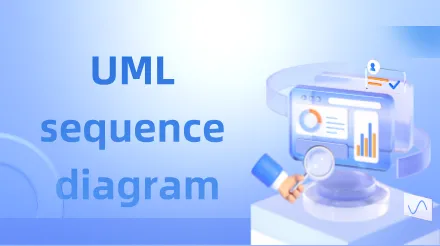The Complete Guide to Software Architecture Diagrams: Concepts, Tutorials, and Examples Software architecture diagrams graphically display the overall structure of a software system, the relationships between elements, limitations, and boundaries . They have become a core tool for enterprises to plan, develop, and manage complex software systems. This article will give you an in-depth understanding of the concepts, drawing ideas, production tutorials, and examples of software architecture diagrams , to help you better understand and apply this important tool.









